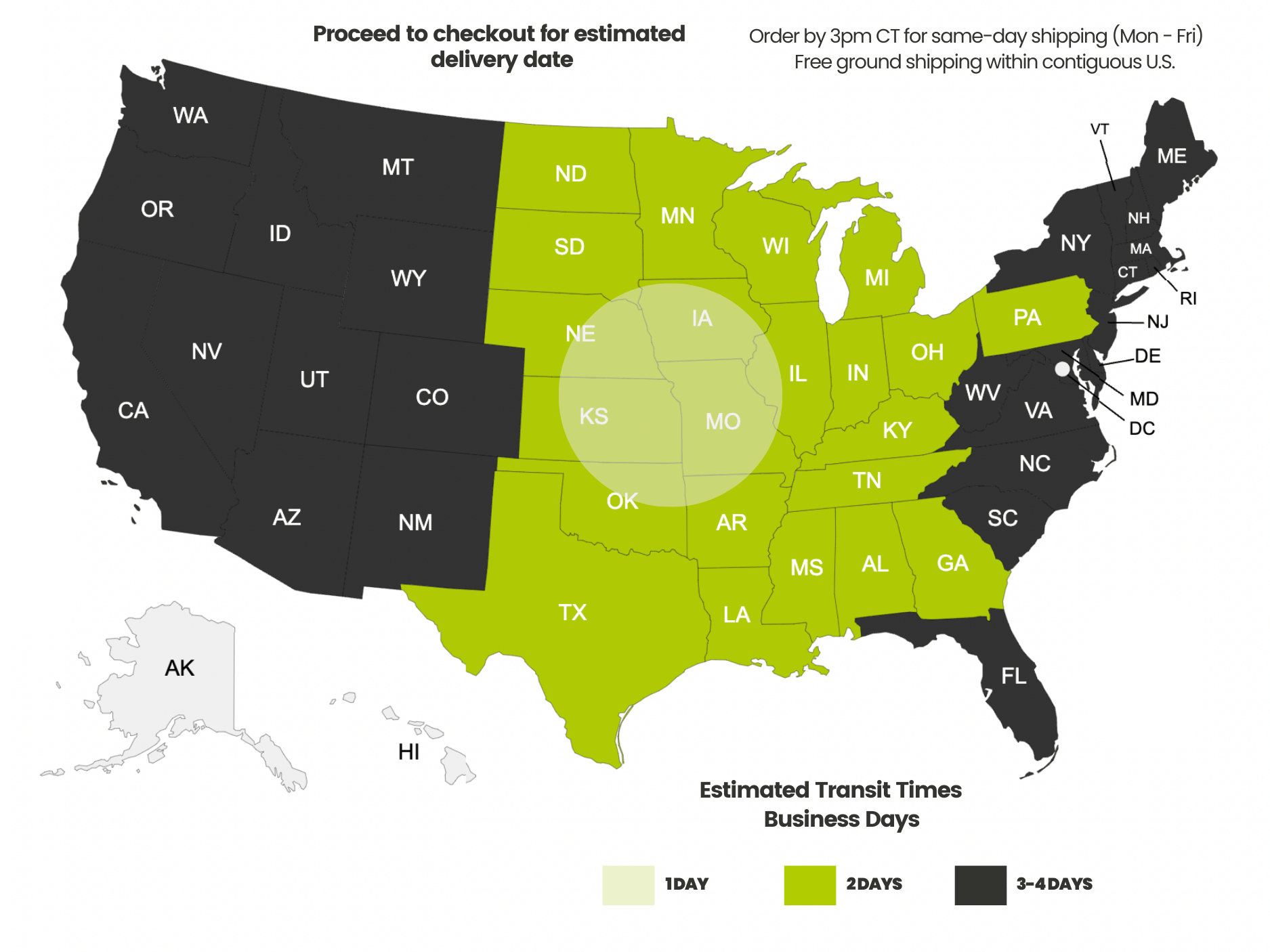Payment methods accepted

Conduit Fill Chart for Ethernet and Coaxial Cable
Written by Don Schultz, trueCABLE Senior Technical Advisor, Fluke Networks Copper/Fiber CCTT, BICSI INST1, INSTC, INSTF Certified
Many installers run into the age-old question of “Just how many cables can I get into this conduit without a problem? Is there guidance?” Well, yes. Yes there is. The real question is not how many cables you can jam into a conduit physically--it’s how you can do it and end up with working cable in the end, with minimal hassle. The guidance defines recommended fill capacity of PVC or metallic conduit while taking into account future adds/changes all the while reducing the possibility of damaging your Ethernet (or other low voltage) cable. Along the way I will toss in some best practices!
 Please note this blog does not serve as a cable tray fill calculator. Considering cable trays come in a dizzying variety of sizes, weight capacities, and the mounting techniques, there is no one cable tray calculator.
Please note this blog does not serve as a cable tray fill calculator. Considering cable trays come in a dizzying variety of sizes, weight capacities, and the mounting techniques, there is no one cable tray calculator.
Common Cause of Ethernet Cable Damage
The vast majority of Ethernet cable failures (outside of terminations) is cable that has been damaged by improperly installing it. One of the most damage prone installation activities is pulling Ethernet cable into pathways, especially conduit.
Here are the common causes of Ethernet cable damage or poor performance when running into conduit:
- Exceeding the maximum pulling tension of the cable (often expressed in ft/lbs). Causes include:
- Too many cables for the conduit (over full)
- Not using cable lubricant (or not enough)
- Attempting to pull cabling through more than 100 feet of conduit at a time (continuous, with no intermediate pull points)
- Scuffing and/or tearing the cable jacket, especially at the insertion point
- Exceeding the maximum bend for the cable diameter and type
The more cable you pull into a conduit, friction will increase. It is easy to exceed the maximum pull tension of 25 ft/lbs for Ethernet cable, especially if you have too many cables or too long of a conduit. What occurs is the twisted pairs elongate and this causes the pairs to decouple and get out of balance. In the worst case scenario, not only do you get twisted pair damage but also damaged cable jackets. Another common mistake is letting the cable jacket rub against the sharp edge of the conduit at the insertion point. This can be headed off by supporting the run(s) as they are guided into the conduit. Commercial installers will use bull-wheels for this, where a “weekend warrior” may simply need an extra person lubricating the cable as it goes in and making sure it does not hang up or scrape. Always use plenty of cable lubricant, preferably the synthetic wax type like trueCABLE's Synthetic Wax Wire and Cable Pulling Lubricant.
This video below provides a visual demonstration. It is not a substitute for this blog post.
Commercial installations often use bonded and grounded RMC (rigid metallic conduit). There are a number of variations starting with thin walled and easy to install metal piping called EMT (electrical metallic tubing). EMT is not threaded, and is connected together with compression or set screw couplings. The next type often seen is IMC (intermediate metallic conduit) which is galvanized and heavier, as well as threaded. IMC is suitable for outdoor use if needed. The thickest of all is GRC (galvanized rigid conduit) which is also expensive, heavy and threaded. PVC nonmetallic conduit is seen, but industry standards organizations like BICSI do not recommend PVC for structured cabling systems inside commercial structures due to fire safety, structural, and grounding issues. PVC is most often used in direct burial applications with low voltage cable like Ethernet and coaxial in residential settings. PVC has the advantage of being less expensive and relatively easy to work with.
 The type of conduit that is not recommended for any installation is flexible metallic conduit (or flexible metallic tubing). Flexible conduit/tubing tends to shift and creep during pulling, resulting in cable jacket damage.
The type of conduit that is not recommended for any installation is flexible metallic conduit (or flexible metallic tubing). Flexible conduit/tubing tends to shift and creep during pulling, resulting in cable jacket damage.
Regardless of which rigid conduit type you use, there is guidance about fill ratio and it applies to not only Ethernet, but other low voltage cables like coaxial. The fill ratio is dependent on two factors:
- Trade size (interior diameter) of the conduit
- Overall cable jacket diameter of the cable going into the conduit
The main rule on conduit fill capacity is the “40% Rule”. What this means is the conduit should not be loaded past 40% capacity on the initial installation. Secondarily, on adds/removes this capacity should never exceed 60% after the initial installation. You cannot tell how full a conduit is by looking at it. Ethernet cable is not rigid, and has the propensity to have waves in it. A 40% full conduit may look completely full, for example.
Conduit Fill Chart
This table provides the initial recommended 40% fill capacity for Ethernet and coaxial cable based upon conduit trade size and cable jacket diameter. Take note that conduit less than 3/4” (3/4 trade size) is not recommended for communications cable installation. These figures were derived from the NFPA 70 (National Fire Protection Act) in the National Electric Code (NEC).

Notes on using this table:
- The cable counts assume straight runs with no bends; you must de-rate in certain circumstances by subtracting cables. If decreasing count is not feasible, then increase to the next trade size.
- Round up or down cable jacket ODs to match the correct number. For example, if your cable jacket OD is 7.10mm, then use the figure for 7.00mm. If your cable jacket OD is 7.50mm, then use the figure for 8.00mm.
Keep in mind that other considerations may also affect conduit loading, specifically PoE or Power over Ethernet. As PoE wattages increase, the number of cables that can be bundled (and especially bundled into an enclosed pathway like conduit) reduces. It may be necessary to cross-reference another chart to be sure you are not going to get yourself into trouble. Please see Power over Ethernet (PoE) Installation Best Practices for an additional chart that may affect the values you see above. By combining the chart above which does not take PoE runs into account with the chart that does take PoE into account you effectively have a cable bundle calculator for Ethernet cable under any circumstances!
Frequently Asked Questions
Is it OK to run coax and Ethernet together?
Absolutely! Coaxial Series 59, Series 6, and Series 11 are all considered low voltage communications cable just as Ethernet is. It is perfectly acceptable to bundle and run them together.
Can I run Ethernet cable in the same conduit as electrical?
No. This will result in data transmission issues and is a potential fire hazard. Further, placing low voltage and high voltage metallic cables in the same pathway is prohibited by the NEC/NFPA 70 and likely against your local Code ordinance. Do not ever do this! Always use a separate conduit pathway for Ethernet and electrical cabling; preferably metallic conduit for the Ethernet as it will also serve as a handy cable shield in addition to being much more durable than PVC.
How many coax cables fit into 1” conduit?
The number of coaxial cables you can fit into 1” conduit will depend on the thickness and type of coaxial cable you are installing. Generally speaking, Quad Shield Coaxial Series 6 (RG6QS) coaxial cable tops out around 7.40mm thickness (jacket OD) so the answer would be the same as it is for 7.40mm OD Ethernet cable, which would be five total cables referencing the table above. Dual shield Series 6 coaxial cable tops out around 6.80mm jacket OD, so rounding up you would arrive at the same number, which is a total of five in a 1” per the chart above.
Conclusion
So, that covers the primary points on conduit fill ratio and some best practices. Although there are more concerns with conduit pulls, they will vary depending on the installation. More best practices will be covered in a future blog and video demonstration. Until then….
HAPPY NETWORKING!
trueCABLE presents the information on our website, including the “Cable Academy” blog and live chat support, as a service to our customers and other visitors to our website subject to our website terms and conditions. While the information on this website is about data networking and electrical issues, it is not professional advice and any reliance on such material is at your own risk.



























